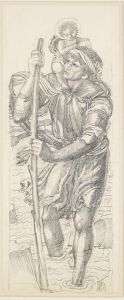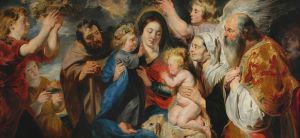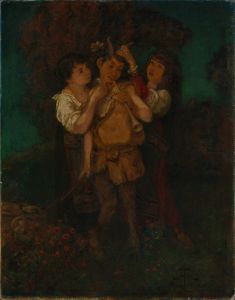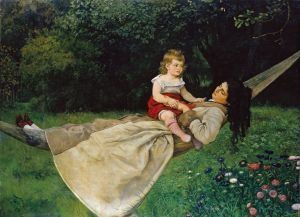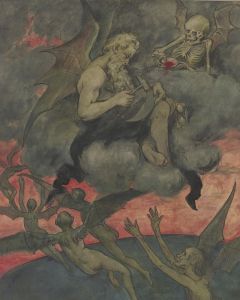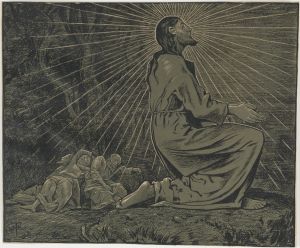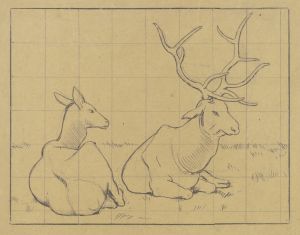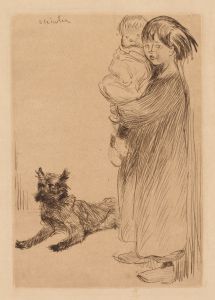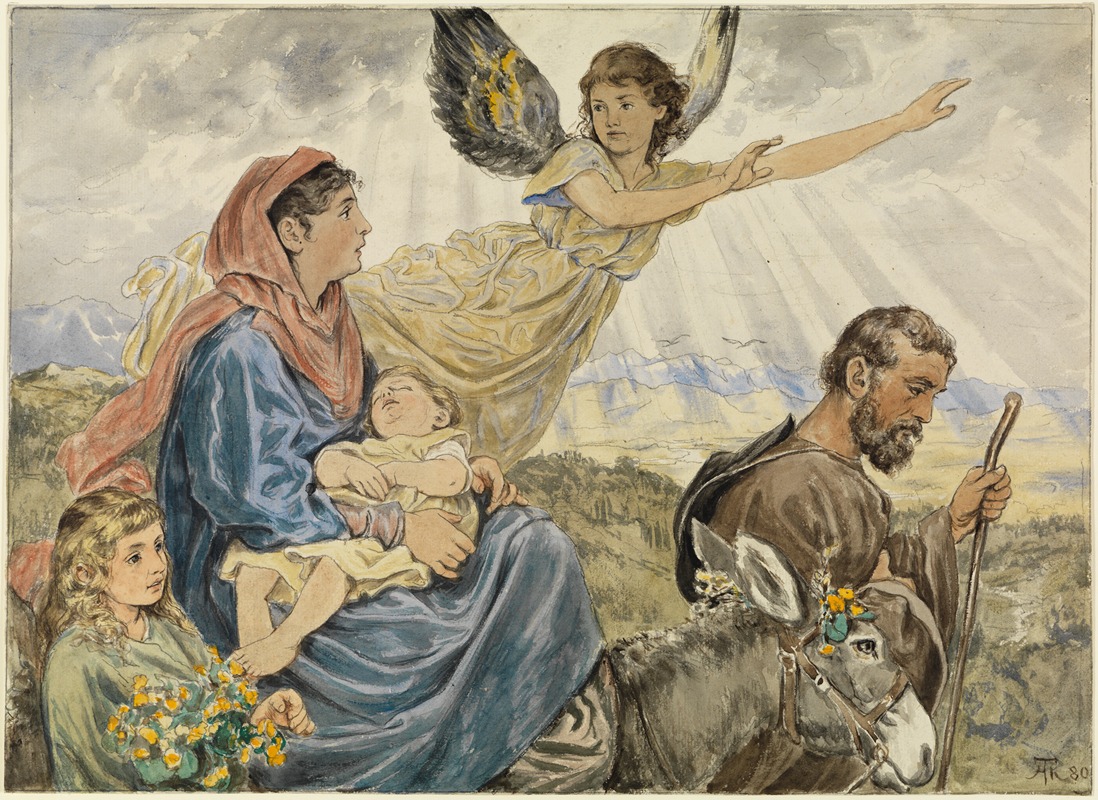
Flucht nach Ägypten
A hand-painted replica of Hans Thoma’s masterpiece Flucht nach Ägypten, meticulously crafted by professional artists to capture the true essence of the original. Each piece is created with museum-quality canvas and rare mineral pigments, carefully painted by experienced artists with delicate brushstrokes and rich, layered colors to perfectly recreate the texture of the original artwork. Unlike machine-printed reproductions, this hand-painted version brings the painting to life, infused with the artist’s emotions and skill in every stroke. Whether for personal collection or home decoration, it instantly elevates the artistic atmosphere of any space.
Hans Thoma's painting Flucht nach Ägypten (Flight into Egypt) is a work by the German painter and graphic artist Hans Thoma (1839–1924). Thoma was a prominent figure in 19th-century German art, known for his landscapes, portraits, and religious-themed works that often blended realism with romanticism. His art was influenced by German Romanticism, the Nazarene movement, and the Old Masters, particularly Albrecht Dürer and Hans Holbein.
The painting Flucht nach Ägypten depicts the biblical story of the Holy Family's flight into Egypt, as described in the Gospel of Matthew (2:13–15). According to the narrative, Joseph, Mary, and the infant Jesus fled to Egypt to escape King Herod's order to kill all male infants in Bethlehem. This theme has been a popular subject in Christian art for centuries, symbolizing divine protection and the challenges of faith.
Thoma's interpretation of the Flight into Egypt reflects his characteristic style, which often combines detailed natural landscapes with religious or allegorical figures. In this work, the Holy Family is typically portrayed traveling through a serene and idyllic countryside, emphasizing the harmony between the divine figures and the natural world. Thoma's use of light and color often evokes a sense of tranquility and spirituality, aligning with the Romantic ideals of his time.
The exact date of the painting's creation is not widely documented, but it is consistent with Thoma's broader body of work, which frequently explored religious themes. Thoma's art gained recognition during his lifetime, and he became a respected figure in German cultural circles. He served as the director of the Karlsruhe Academy of Fine Arts and was celebrated for his contributions to German art.
Today, Flucht nach Ägypten is considered an example of Thoma's ability to merge religious storytelling with his love for nature. The painting is housed in a collection that reflects his artistic legacy, though specific details about its current location or exhibition status may vary. Hans Thoma's works, including this piece, continue to be appreciated for their technical skill and the unique perspective they bring to traditional themes.
This painting is one of many that showcase Thoma's ability to reinterpret classical subjects through his distinctive artistic lens, making him a significant figure in the history of German art.





